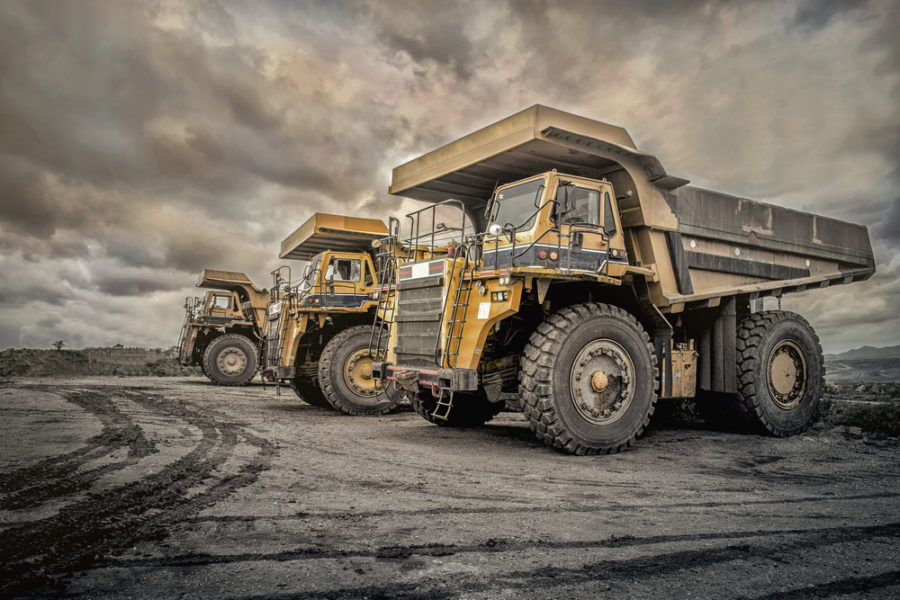A Comprehensive Overview to Heavy Tools Utilized in the Construction Sector
In the realm of building, the utilization of heavy equipment stands as a cornerstone for effectiveness and productivity. As we embark on this expedition of the comprehensive guide to hefty tools utilized in the construction industry, we will dig right into the complexities that regulate their procedure, maintenance, and the evolving landscape of technological improvements that proceed to redefine the boundaries of building capabilities.
Kinds of Hefty Equipment
Within the building industry, a diverse variety of hefty tools is used to successfully perform different jobs. Excavators are one of the most typically utilized kinds of heavy equipment. These flexible devices are furnished with a taxi, arm, and container installed on a revolving system, permitting excavating and relocating products with precision. Bulldozers, with their broad tracks and enormous blade in the front, are important for jobs such as grading, clearing, and pushing hefty products. Cranes play an important duty in lifting and moving hefty materials on construction sites. Tower cranes are generally used for high structures, while mobile cranes are flexible and can be easily moved to various places. In addition, discard trucks are crucial for carrying materials such as sand, crushed rock, and particles around building and construction sites. Their capacity to bring heavy lots makes them crucial for maintaining a smooth workflow. Each sort of heavy equipment plays an important role in guaranteeing that construction jobs are finished efficiently and efficiently.
Functions and Applications
One of the crucial aspects in understanding the efficiency of hefty devices within the building market is examining their particular features and applications. These devices are designed to perform a selection of jobs that are essential for building jobs of all sizes. Excavators, for example, are frequently utilized for excavating structures, holes, and trenches, while excavators excel in clearing and grading land. Cranes are vital for lifting and moving heavy materials on building sites, and dump vehicles are crucial for carrying materials like sand, gravel, and dirt. Additionally, loaders are versatile makers that can deal with jobs such as product excavation, handling, and grading.
.jpg)
The applications of hefty equipment expand beyond typical building jobs. As an example, compact track loaders are excellent for operating in harsh terrains, making them suitable for landscape design and farming projects. Skid guide loaders are generally utilized for tasks requiring maneuverability in limited rooms, such as interior construction or demolition jobs. Understanding the functions and applications of hefty equipment is crucial for using these devices properly in numerous building scenarios.
Factors To Consider for Devices Selection
When choosing heavy equipment for building projects, careful consideration of numerous elements is crucial to guarantee ideal efficiency and effectiveness. The initial consideration is the certain demands of the task. Recognizing the scope, size, and intricacy of the building work will certainly aid determine the kind and dimension of tools required. Second of all, the surface and setting where the tools will be made use of must be considered. Equipment matched for rough terrains may differ from those needed for metropolitan settings. Expense is an additional critical factor. Balancing the first acquisition price with maintenance and operating expense over the tools's lifespan is important. Additionally, the availability of extra components and provider need to be taken into consideration to minimize downtime. Safety features, driver training demands, and conformity with policies are non-negotiable elements that influence devices choice. Finally, evaluating the credibility and dependability of equipment suppliers can assist make certain resilience and efficiency. By very carefully evaluating these considerations, construction firms can select the right hefty devices for their jobs, resulting in successful outcomes.
Upkeep and Safety Practices
Implementing stringent maintenance and security methods is paramount in the building market to make certain the durability of hefty tools and the protection of workers. Regular maintenance routines should be established and followed for all heavy machinery. This includes routine examinations, lubrication, and replacement of worn parts to stop breakdowns and guarantee optimum performance. Appropriate training for devices drivers is essential to decrease the threat of mishaps. Operators must be skilled in the safe use each machine, consisting of recognizing its restrictions and abilities.
Safety and security protocols have to be purely imposed on construction websites to secure workers and prevent injuries. This consists of using personal safety equipment, such as difficult hats, gloves, and steel-toed boots. Additionally, all workers ought to undergo normal security training to stay informed concerning possible risks and proper emergency situation procedures. It is essential to perform comprehensive pre-operational checks before using any kind of devices to verify that it remains in excellent functioning problem. By focusing on maintenance and security practices, construction companies can promote a safe and secure work setting and extend the lifespan of their hefty machinery.

Emerging Fads in Building Devices
To stay in advance in the building industry and adjust to advancing requirements, companies are significantly turning in the direction of including advanced modern technologies and advancements in their heavy tools, showing the arising construction equipment transport fads in building and construction tools. One popular fad is the integration of telematics systems in building machinery. These systems permit for real-time monitoring of devices efficiency, location monitoring, and even predictive upkeep, boosting operational efficiency and lowering downtime.
One more substantial pattern is the surge of autonomous building tools. From self-driving dump trucks to automated excavators, these equipments are revolutionizing construction sites by enhancing precision, security, and performance. Furthermore, using drones for evaluating, mapping, and progression surveillance is becoming more widespread, offering useful understandings and enhancing operations.
Furthermore, the construction industry is increasingly exploring the application of 3D printing technology to create components and also whole frameworks on-site, saving time and costs while enabling greater style versatility. As innovation remains to advancement, these emerging patterns are poised to shape the future of construction tools, driving innovation and effectiveness across the industry.
Verdict
Finally, hefty equipment plays an essential role in the building sector by supplying the required power and efficiency to finish numerous jobs. Comprehending the different sorts of tools, their features, and applications is necessary for choosing front loader rental near me the right tools for the task. Maintenance and safety methods are important to make sure the longevity of the tools and the safety of employees. Staying up to date with emerging fads in building tools can help companies remain competitive in the market.

Applying rigid maintenance and security methods is vital in the construction sector to make sure the long life of heavy equipment and the security of personnel.To stay ahead in the building and construction sector and adapt to progressing demands, companies are increasingly transforming towards integrating innovative innovations and innovations in their hefty devices, reflecting the arising trends in building equipment.In conclusion, heavy tools plays a vital role in the construction industry by offering the essential power and efficiency to finish numerous tasks. Comprehending the various types of devices, their functions, and applications is necessary for selecting the best tools for the task.